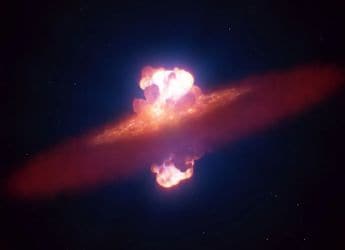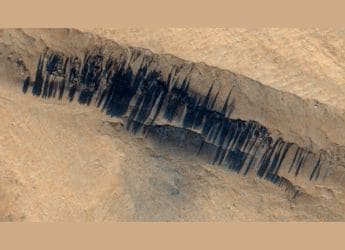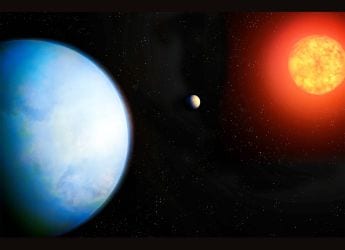- Home
- Mobiles
- Mobiles News
- Moto X 64GB Variant Launched at $449
Moto X 64GB Variant Launched at $449

Motorola has officially announced a 64GB variant of its flagship smartphone, the Moto X, in the US. Carrying a price tag of $449 (Rs. 26,500 approximately), the phone costs $100 (Rs. 5,900) more than its 16GB counterpart.
Interestingly, the company has also launched a 'try then buy' program for the Moto X, which entitles customers to try the smartphone for two weeks before making a purchase, Android Central reports.
The Moto X (16GB) was launched in India at Rs. 23,999 in March. The Moto X launch came a few weeks after the successful launch of the budget smartphone Moto G (Review | Pictures) in the country, also via Flipkart.
(Also see: Moto X Review | Pictures)
The Moto X, a customisable Android smartphone, was launched in August last year and was initially available in US only. The smartphone natively ran Android 4.2 Jelly Bean; however Motorola rolled out the Android 4.4.2 KitKat update for it in November last year, and the Android 4.4.3 KitKat update is also said to be now rolling out for the smartphone.
The Moto X features a 4.7-inch display with a resolution of 720x1280 pixels. It is powered by a 1.7GHz dual-core Qualcomm MSM8960Pro Snapdragon processor along with 2GB of RAM. The storage is non-expandable. It also sports a 10-megapixel rear camera accompanied by an LED flash and a 2-megapixel front-facing camera.
The highlight of the Moto X is its software features like Active Display, Touchless Control, Quick Capture Camera, and customisability.
There is no word yet on when, and indeed if, the 64GB Moto X will be launched in India.
Get your daily dose of tech news, reviews, and insights, in under 80 characters on Gadgets 360 Turbo. Connect with fellow tech lovers on our Forum. Follow us on X, Facebook, WhatsApp, Threads and Google News for instant updates. Catch all the action on our YouTube channel.
Related Stories
- Samsung Galaxy Unpacked 2025
- ChatGPT
- Redmi Note 14 Pro+
- iPhone 16
- Apple Vision Pro
- Oneplus 12
- OnePlus Nord CE 3 Lite 5G
- iPhone 13
- Xiaomi 14 Pro
- Oppo Find N3
- Tecno Spark Go (2023)
- Realme V30
- Best Phones Under 25000
- Samsung Galaxy S24 Series
- Cryptocurrency
- iQoo 12
- Samsung Galaxy S24 Ultra
- Giottus
- Samsung Galaxy Z Flip 5
- Apple 'Scary Fast'
- Housefull 5
- GoPro Hero 12 Black Review
- Invincible Season 2
- JioGlass
- HD Ready TV
- Laptop Under 50000
- Smartwatch Under 10000
- Latest Mobile Phones
- Compare Phones
- Vivo Y500 Pro
- Realme GT 8 Pro Aston Martin F1 Limited Edition
- Huawei Mate 70 Air
- Moto G57
- Moto G57 Power
- Motorola Edge 70
- Moto G Play (2026)
- Moto G (2026)
- MacBook Pro 14-inch (M5, 2025)
- Asus Vivobook S16 (S3607QA)
- iQOO Pad 5e
- OPPO Pad 5
- Noise Diva 2
- Noise Halo 2
- Acerpure Nitro Z Series 100-inch QLED TV
- Samsung 43 Inch LED Ultra HD (4K) Smart TV (UA43UE81AFULXL)
- Asus ROG Ally
- Nintendo Switch Lite
- Haier 1.6 Ton 5 Star Inverter Split AC (HSU19G-MZAID5BN-INV)
- Haier 1.6 Ton 5 Star Inverter Split AC (HSU19G-MZAIM5BN-INV)

















